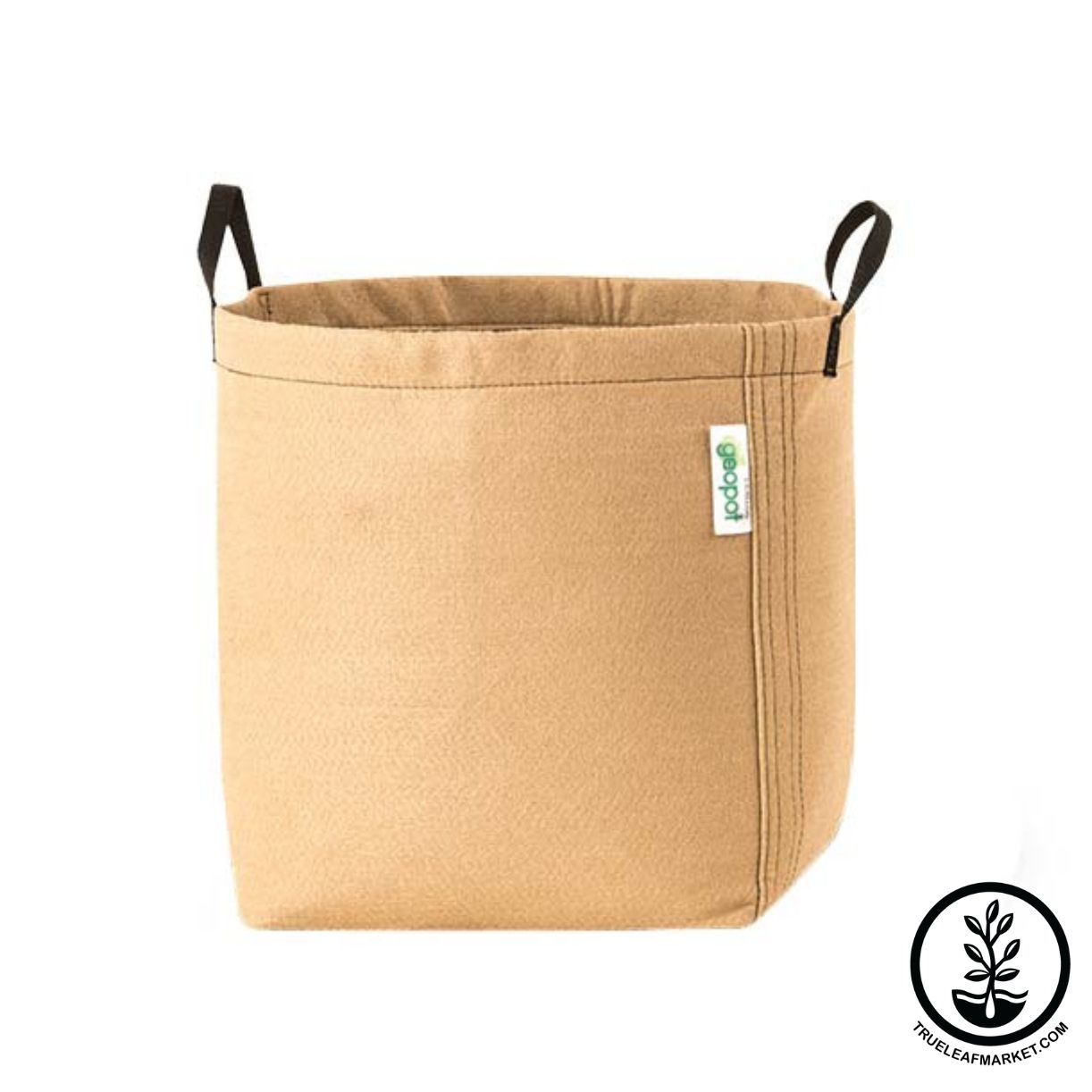Spring is here, and it is time to get planting! You might have some indoor starts ready to go, or you are just trying to figure out if it is too late to start planting. Now is a great time to start sowing seeds directly. Most zones are approaching or past their last frost date, and spring runoff is hydrating the ground creating ideal planting conditions. Don’t worry if you are a little late to the game. You can still directly sow plenty of short-season vegetable or quick-to-mature varieties. Some vegetables even prefer to be directly sown over starting indoors.
Being able to put down roots without being moved generally helps develop stronger and healthier plants. When transplanting, your plant starts can sustain damage to the roots as they are tugged, pulled, or crushed, getting them out of their trays. Direct sowing prevents all of these problems from occurring as the seed is grown in its permanent location. Plus, direct sowing requires fewer supplies than indoor starts. If you are new to gardening, direct sowing will likely give you the best first-season growing experience.

How to Direct Sow Seeds
1. The first step to direct sowing your seeds, whether they be vegetables or flowers, is to clear your growing space. To reduce competition and create an attractive space, remove any weeds or large rocks from the growing area.
2. Next, lightly rake the top 2-3 inches of soil so you can bury your seeds at the appropriate depths. Deep tillage is not required.
3. Following your garden plans, sow your seeds in rows, squares, or a mix of these methods. Seeding tools may be helpful to sow at the appropriate spacing intervals.
4. Water with a gentle watering can or hose attachment. Be careful not to flood the growing area, as this can cause shallow sown seeds to migrate with the pooling water.
5. Regularly check the garden for weeds and remove them promptly. Water as needed. Be aware of the temperatures throughout the day. Higher temperatures may require you to water more than you normally would. The seeds will need to stay moist throughout germination. Once the roots become well established, stick to a regular watering schedule and spot water as needed.
6. Optional: For a continual harvest, sow in succession. This means that you sow seeds in batches, a week or two apart, to stagger your harvest throughout the season. This practice works especially well for root vegetables like carrots and radishes or any of the leafy greens.






























0 comments
No comments yet! Be the first to start a conversation.